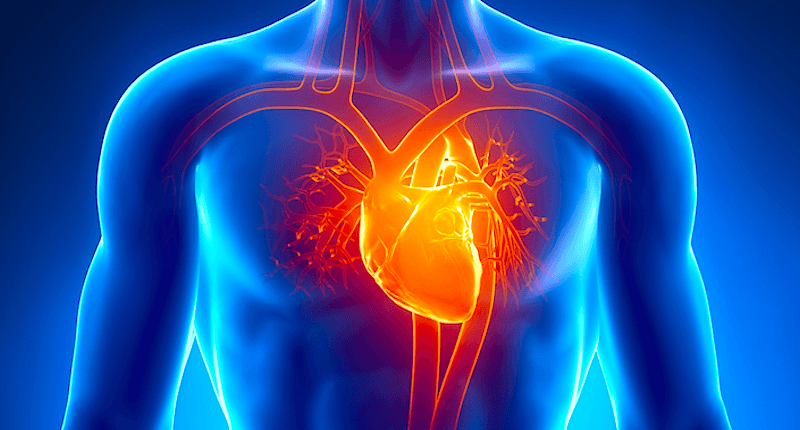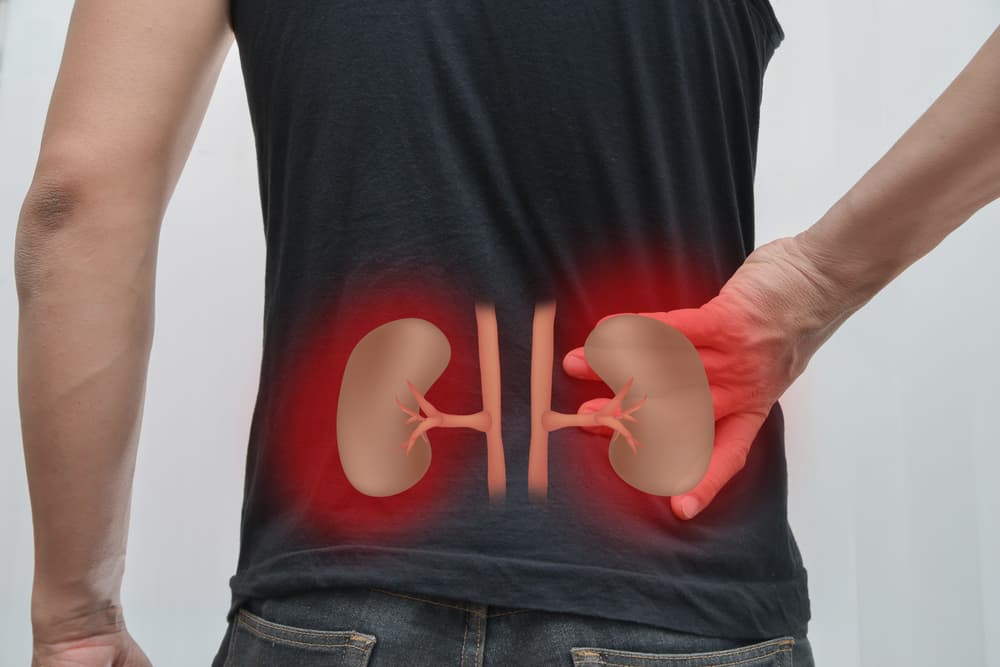Contents:
- Medical Video: Pericardial Effusion - Mayo Clinic
- What is a pericardium?
- What is pericardial effusion?
- What causes pericardial effusion?
- Who can experience pericardial effusion?
- Is pericardial effusion dangerous?
- What are the symptoms and signs of having pericardial effusion?
- How do you diagnose pericardial effusion?
- Then, how to deal with pericardial effusion?
Medical Video: Pericardial Effusion - Mayo Clinic
Have you ever heard of diseases where the heart is submerged with water? This happens if you experience pericardial effusion.
What is a pericardium?
Pericardium is a membrane or membrane that lines the heart and roots of blood vessels. The pericardium consists of multiple layers of tissue which are expected to be able to maintain the heart from various disorders. Not only that, the pericardium also plays a role in stabilizing the movement of the heart and keeping the heart from growing larger by limiting the growth space.
Between the heart and the pericardium layer, there is a fluid called the pericardial fluid. This liquid is useful for lubricating the heart while moving, so that when the heart pumps blood there is no friction that can cause heart problems.
Then how can the heart be submerged with pericardial fluid? Is this dangerous? What are the symptoms?
What is pericardial effusion?
Pericardial effusion is a buildup of fluid that exceeds normal levels in the heart pericardium. Normally the fluid contained in the pericardium layer is only about 15 to 50 ml. While the pericardium effusion, the fluid in the layer can reach 100 ml and even 2 liters.
READ ALSO: Causes of myocarditis, heart disease that attacks young people
What causes pericardial effusion?
The cause of fluid buildup depends on various conditions and health problems that have occurred before. Only about 30% of cases of pericardial effusion are unknown. While most pericardial effusions occur due to inflammation of the heart pericardium. In addition, this condition is also caused by clogged pericardium fluid flow or blood flow that accumulates in the pericardium due to trauma to the chest.
Not only that, some health conditions and problems that can also cause pericardial effusion are:
- Inflammation of the pericardium due to a heart attack or having had a part of the heart surgery.
- Autoimmune diseases, such as rheumatism or lupus.
- Cancer that has spread, such as lung cancer, breast cancer, melanoma, leukemia, non-Hodgkin's lymphoma.
- Underwent chemotherapy - cancer treatment - with the administration of doxorubicin and cyclophosphamide.
- disorders of kidney function, such as uremia and kidney failure
- experiencing hypothyroidism
- infections from viruses, such as the HIV virus and the hepatitis virus.
Who can experience pericardial effusion?
Because pericardial effusion is a complication of other health conditions, anyone who has a disorder and a condition that can cause pericardial effusions can experience it. Pericardial effusion can be acute - it comes suddenly - or chronic, which occurs for at least 3 months.
READ ALSO: Various Causes of Your Heart Swelling
Is pericardial effusion dangerous?
Severity or seriousness depends on the health conditions that cause the pericardial effusion to occur. If the cause of the pericardial effusion occurs can be overcome, then the patient will be free and recover from pericardial effusion. Pericardial effusion caused by certain health conditions such as cancer, must be treated properly because it will affect the cancer treatment being carried out.
If the pericardium effusion is not treated and gets worse, another health condition will be called cardiac tamponade. Cardiac tamponade is a condition in which blood circulation does not go well and many tissues and organs that do not get oxygen due to fluid that is too much pressure on the heart. Of course this is very dangerous, it can even cause death.
What are the symptoms and signs of having pericardial effusion?
Not infrequently, some experience pericardial effusion but do not feel any symptoms and signs. Basically, the pericardium will stretch to hold more fluid. When the fluid has not reached the pericardial space which stretches, the signs and symptoms usually do not appear. Symptoms will occur when there is too much fluid in the pericardium, which suppresses various surrounding organs such as the lungs, stomach and nervous system around the chest.
If the pericardial effusion is experienced seriously enough, because the fluid volume is high enough, the symptoms that will be caused are:
- Difficulty breathing or shortness of breath
- Feel uncomfortable when breathing
- Chest pain, especially on the left side of the chest
- The chest feels full and depressed
- Difficulty swallowing
- Nausea, vomiting and diarrhea
- Pain in the muscles
- Fever and fatigue
READ ALSO: Frequent yawning can be a sign of heart problems
How do you diagnose pericardial effusion?
Various physical examinations can be done to determine whether the fluid in the pericardium is normal or not. The following are the usual checks:
- Chest X-ray
- Chest CT scan
- MRI
- Echocardiogram
Then, how to deal with pericardial effusion?
Again, treatment for percutaneous effusion depends on the cause and the severity of the condition. If the pericardial effusion that occurs is mild and does not cause any symptoms such as pericardial effusion caused by kidney failure, then there is no specific treatment to treat it. What is needed is to overcome kidney failure that is happening at that time.
If pericardial effusion occurs because of a viral infection, the doctor will usually remove the virus and bacteria by giving drugs, such as non-steroidal anti-inflammatory drugs. However, if the pericardial effusion has caused it cardiac tamponade, then an operation can be made to extract fluids inside the pericardium.












